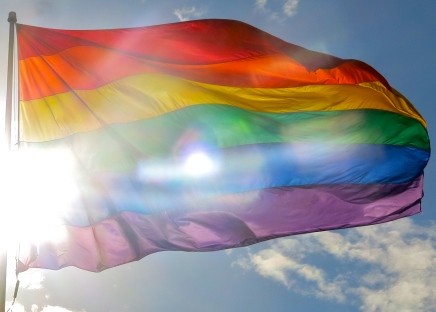
Last night I went to a poetry reading. The recent massacre in Orlando served as a prompt for one of the author’s (Edwin Romond) poems. Although I don’t remember his exact words, I can’t release the message.
“There’s no value in teaching reading and arithmetic if it doesn’t serve to also teach humanity.”
Before the poetry reading I found this article in The Washington Post by Suzanne Nelson, Books to help teach kids to be inclusive and compassionate. The author begins with a story about a regretful experience she had when she was 12. She is haunted by the fact that she wasn’t brave or compassionate enough to attend a birthday party for a special needs student she had been paired with at school for peer tutoring. The author knows she wasn’t supported by the adults at school well enough to effectively communicate and bond with her hearing impaired peer, but she still blames herself. On the day of the party she went to the peer’s home, dropped off a gift and apologized for her inability to stay. The peer’s mother revealed, “No one is coming to the party.”
I’m a huge fan of using books to teach real life lessons and Ms. Nelson also realizes that it’s only the first step. As she says, “Contact and communication must extend beyond classrooms to foster understanding and genuine, long-lasting connections and friendships.”
As the mother of a 13-year-old boy on the autistic spectrum I am spending more and more time thinking about this. Sebastian has finally acquired enough social skills and motivation to reach out to peers beyond the confines of his self-contained classmates. In school the students are truly kind and Sebastian has felt the welcoming arms of inclusion in his non-academic classes and in after school sports teams. He’s collected teammate’s phone numbers and has, to some extent, been successful at arranging the occasional weekend movie gathering. He even got invited to a birthday party this year. I know Sebastian’s teachers and therapists have been instrumental in supporting him and the other students to make these connections. For that I will always be grateful.
While this all sounds wonderful, the challenges are still real because every middle school child is trying to figure out who they are, and where they belong. As parents we both guide and have to allow our children to be independent. We can’t force relationships. Sebastian has a lot to learn about the differences between an acquaintance and a friend. I can’t help but feel how wide the gap is between him and all the well-meaning children whose numbers sit in Sebastian’s contacts- because his phone never rings and he’s beginning to worry about not having friends.
I’m just trying to figure out how to help Sebastian stay motivated, and how to foster inclusion, compassion, and humanity. So that diversity does not create fear, hatred, and massacre.
This is my first step. What will yours be?
photo credit: the great solar flare of peace : rainbow warrior flag, harvey milk plaza, san francisco (2014) via photopin (license)

Your words cause others to have insight and cause positive ripples always! Thanks Joanne.
LikeLike
Thank you my friend!
LikeLike
Wonderful column, Joanne. I worry about the special needs kids who are in regular schools. The kids at Horizon School have most of their social life in school and cherish their classmates. Bette
Sent from my iPad
>
LikeLike
hooray I just knew it the light is coming though stronger and stronger
LikeLike
Well said.
LikeLike